Initiales is an art and research biannual magazine published by the École nationale supérieure des beaux-arts de Lyon, the fifth issue is dedicated to Andrea Fraser. With contributions by Kader Attia, Eva Barto, Daniel Buren, Claire Fontaine, Dora García, Thomas Hirschhorn, Sven Lütticken, Chus Martínez, Jean-Luc Moulène amongst others.
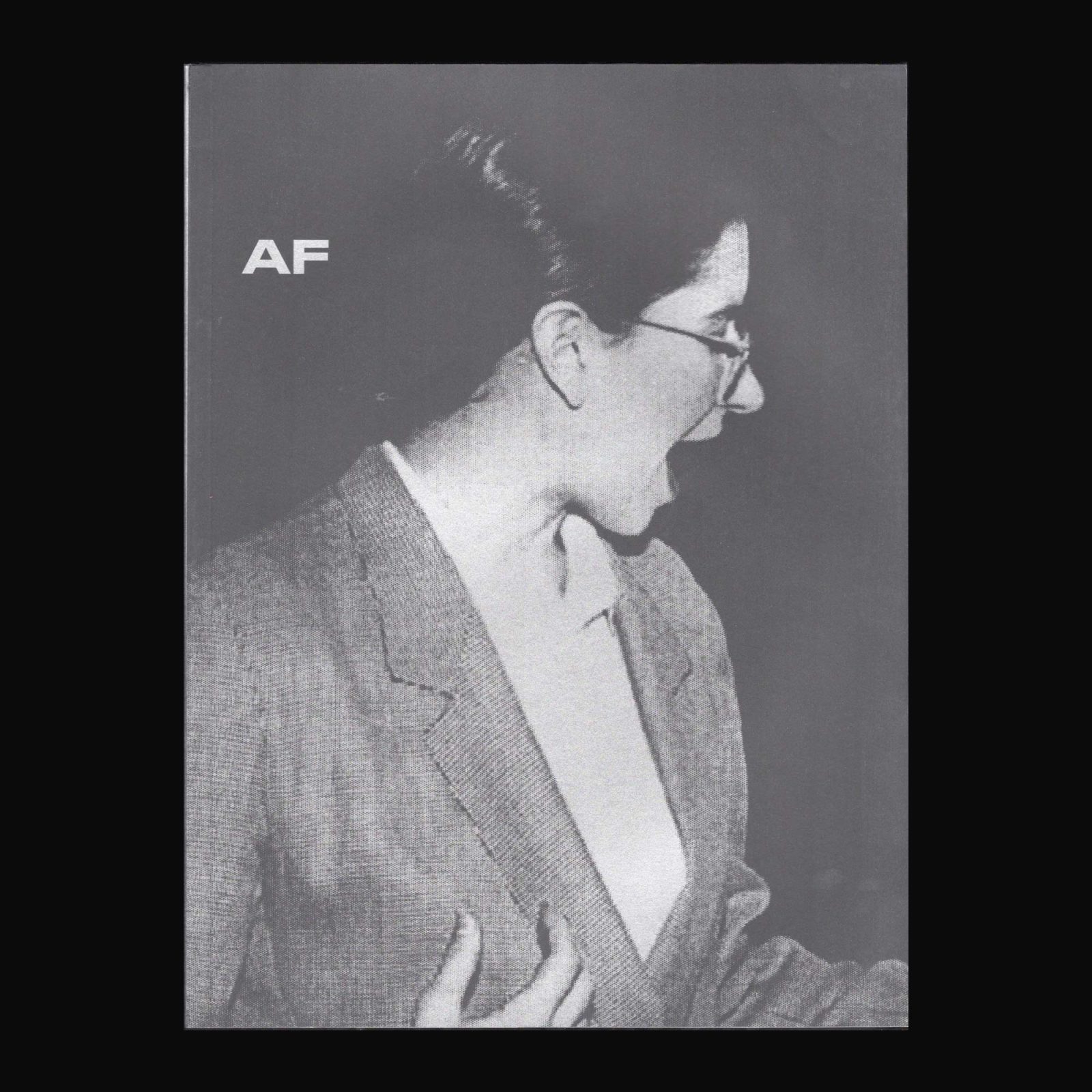

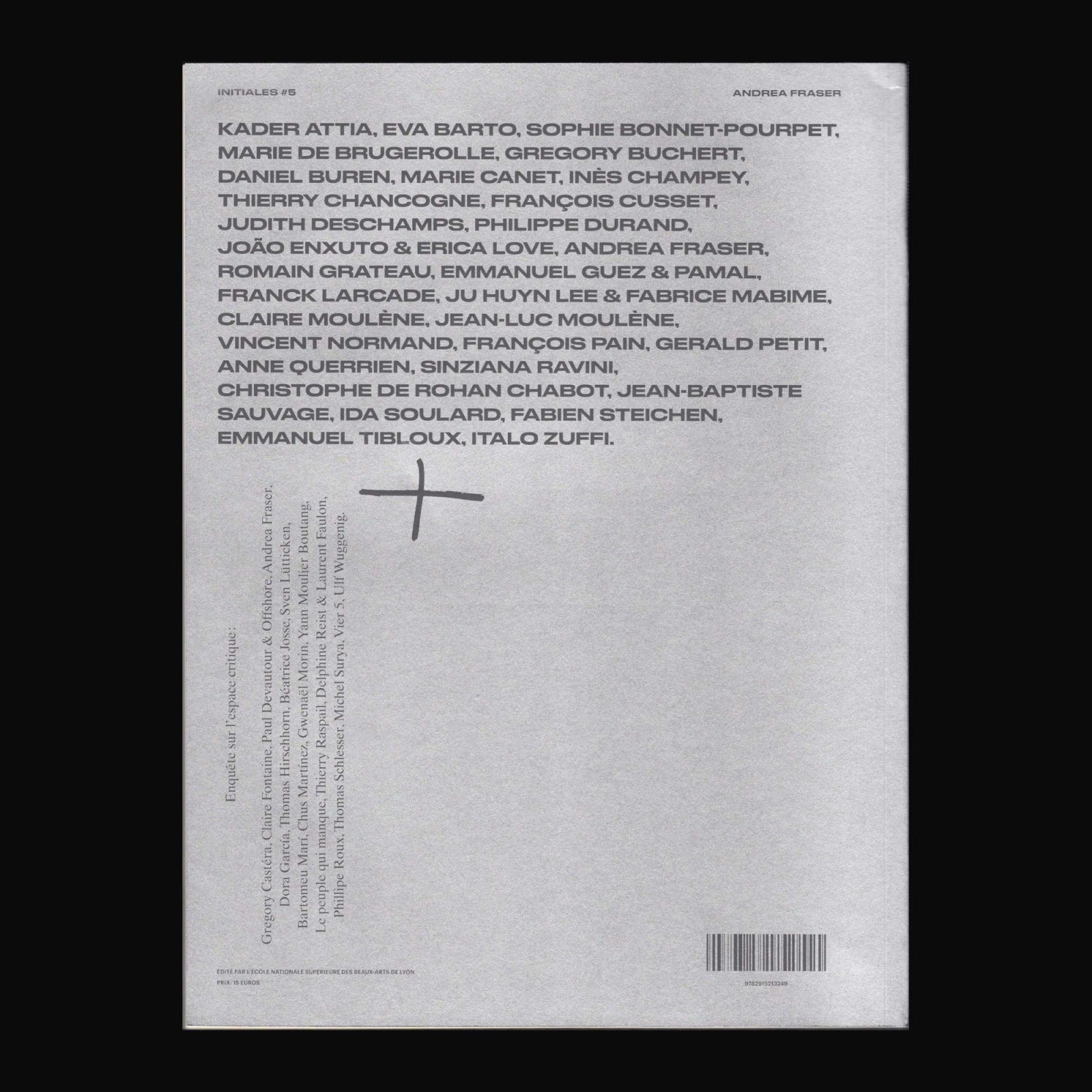
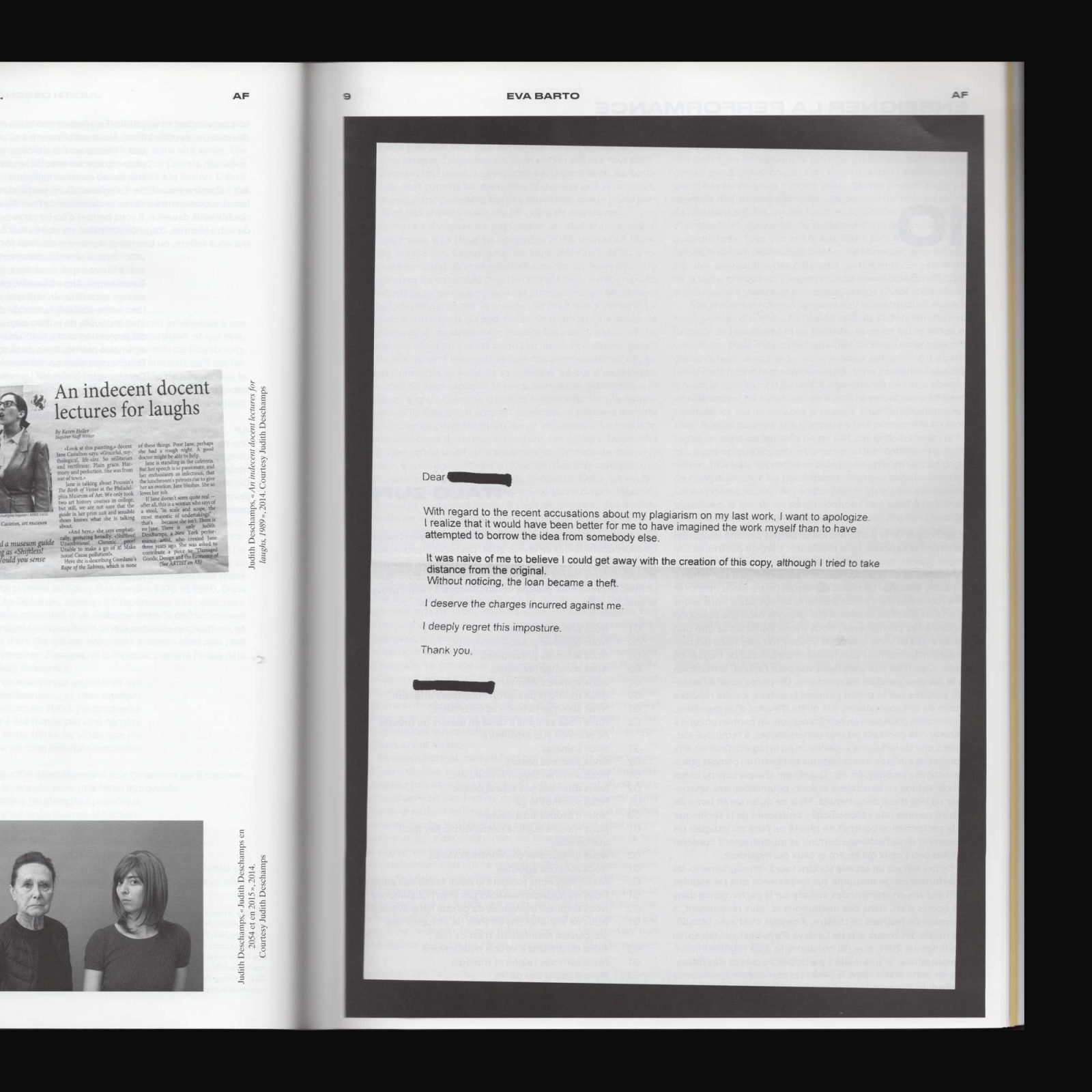
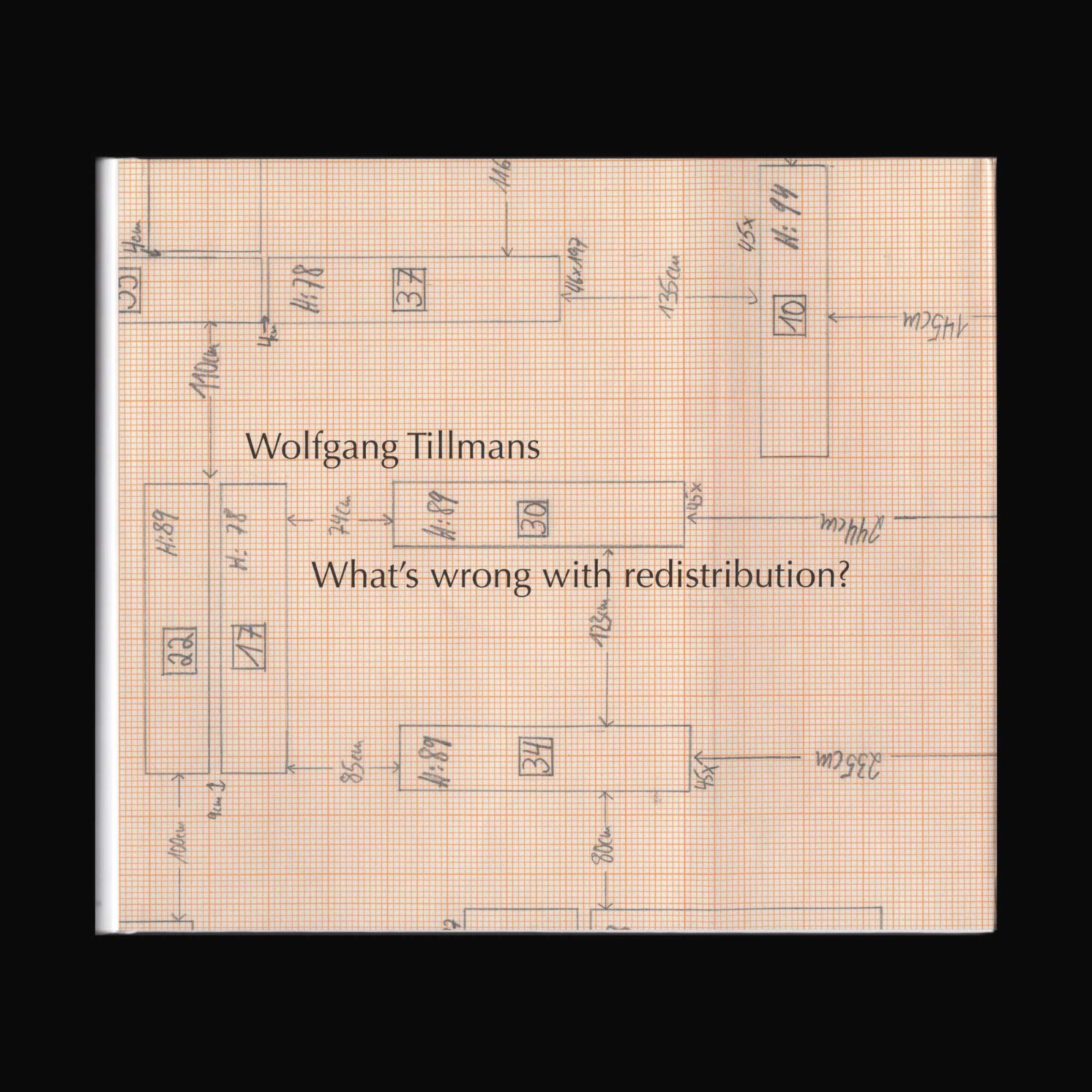

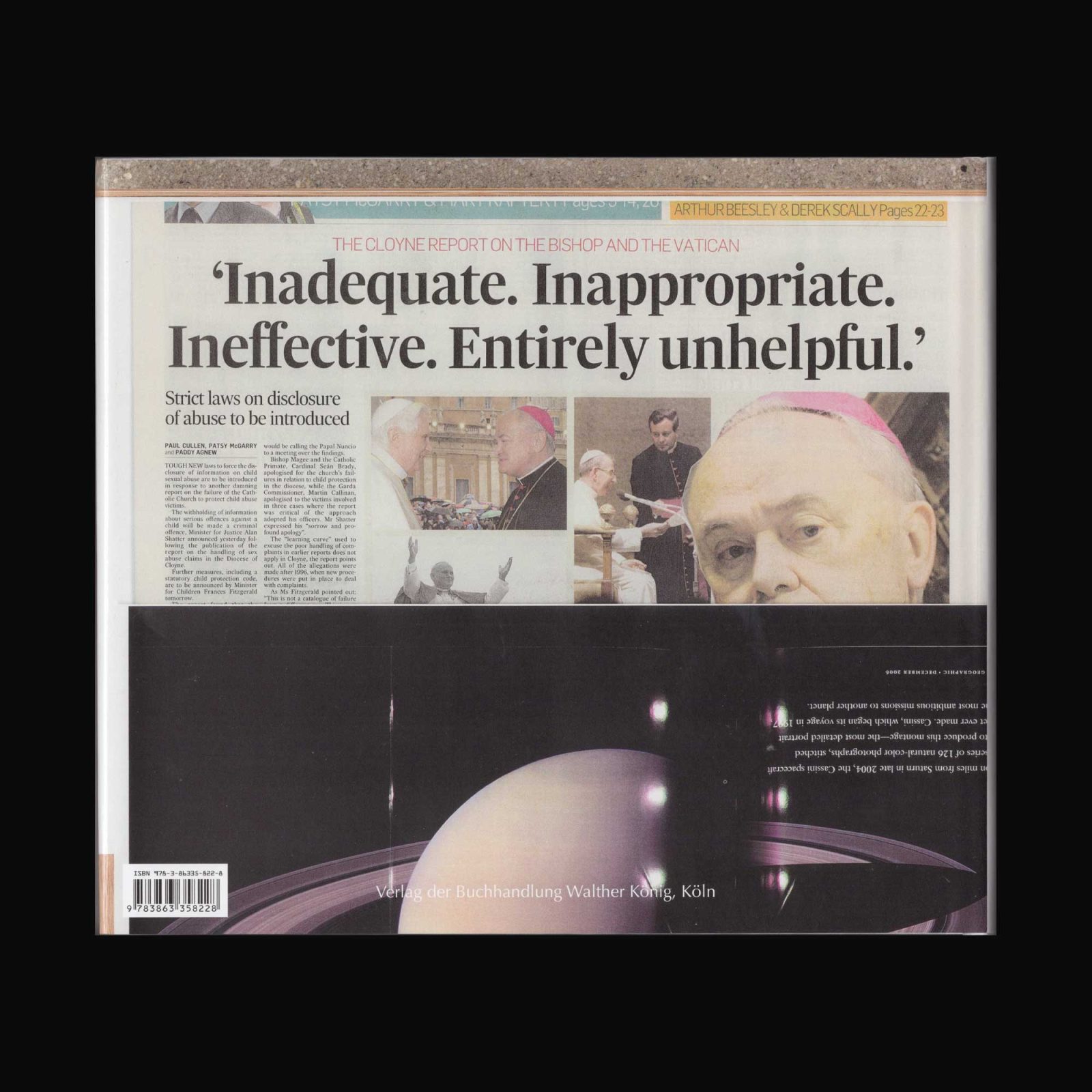
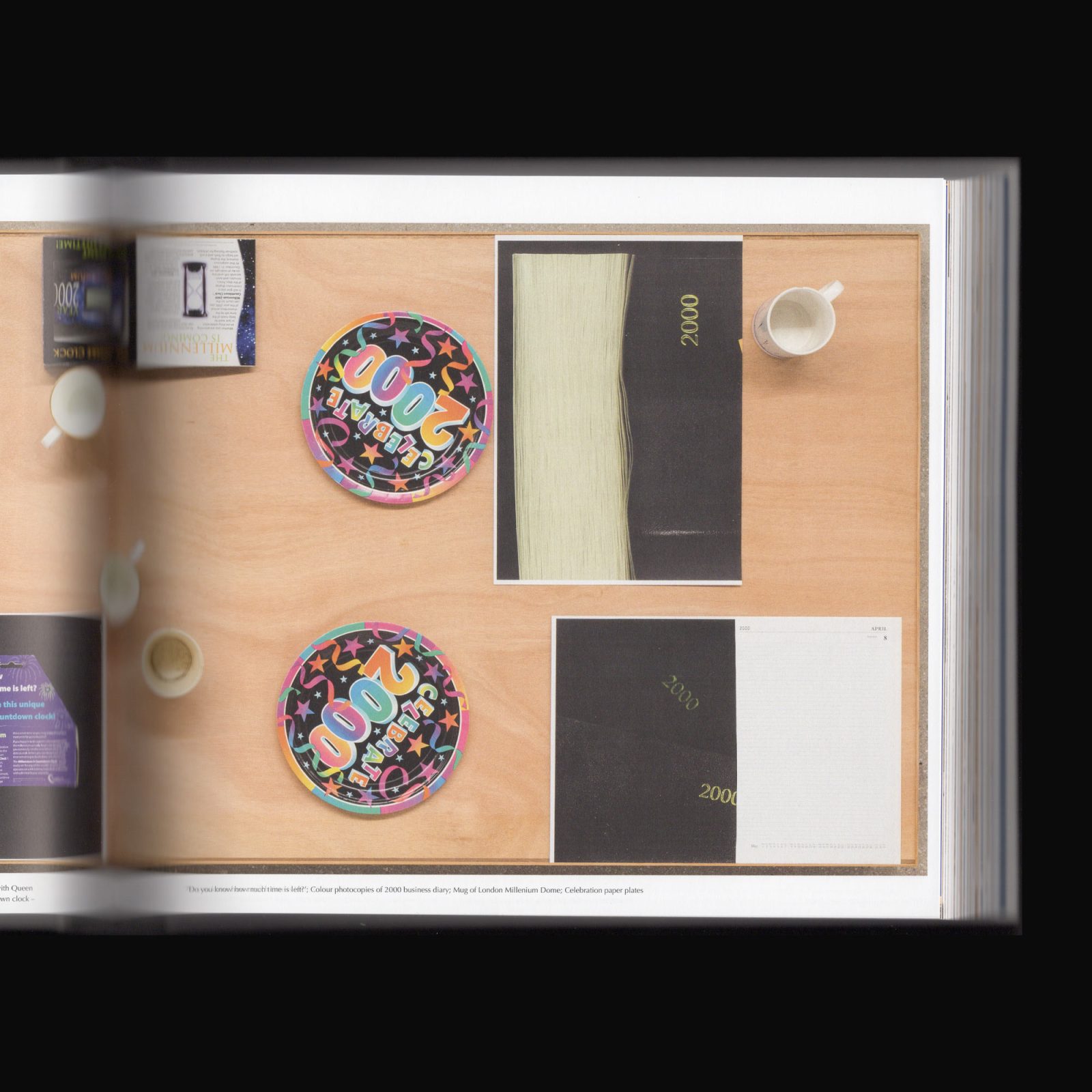
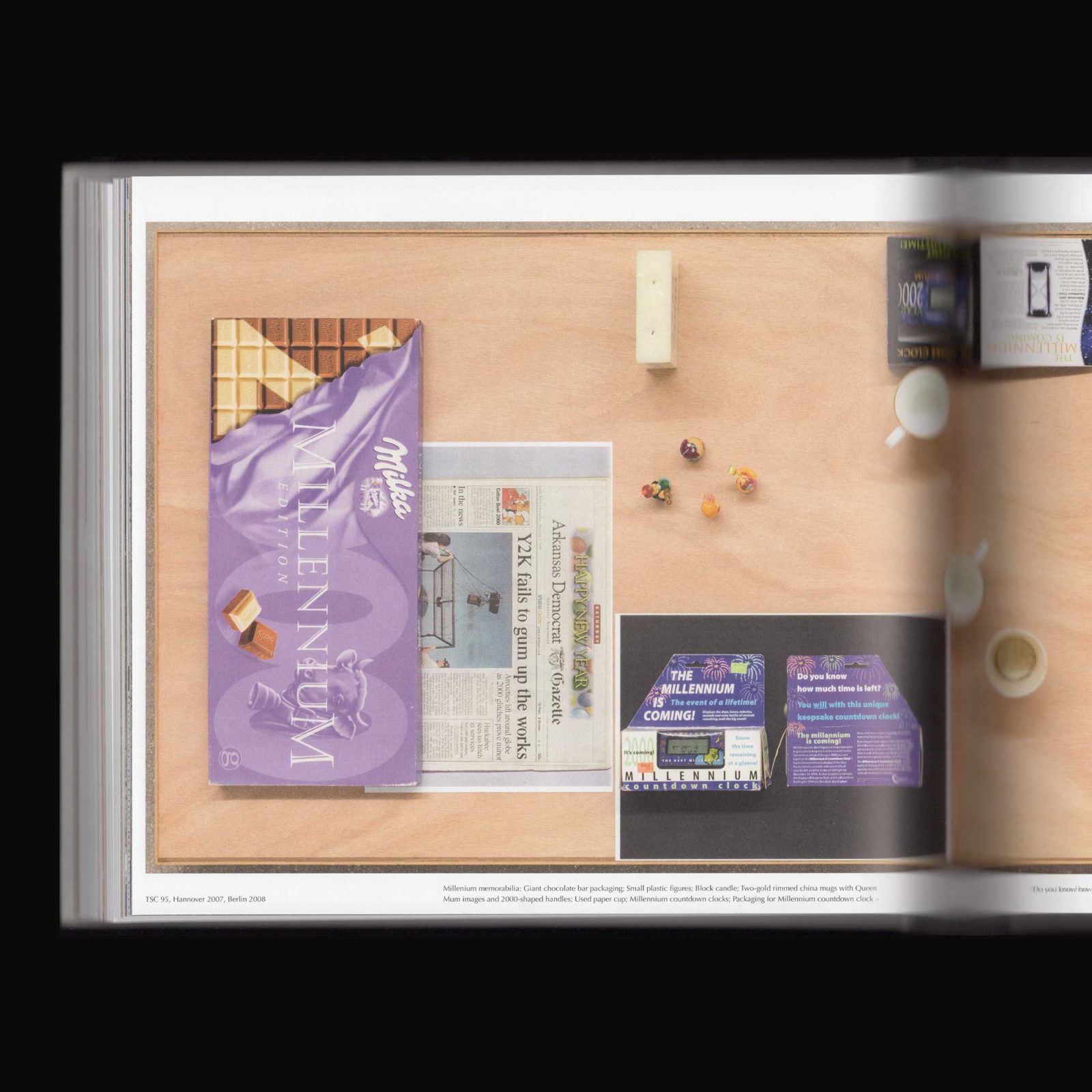
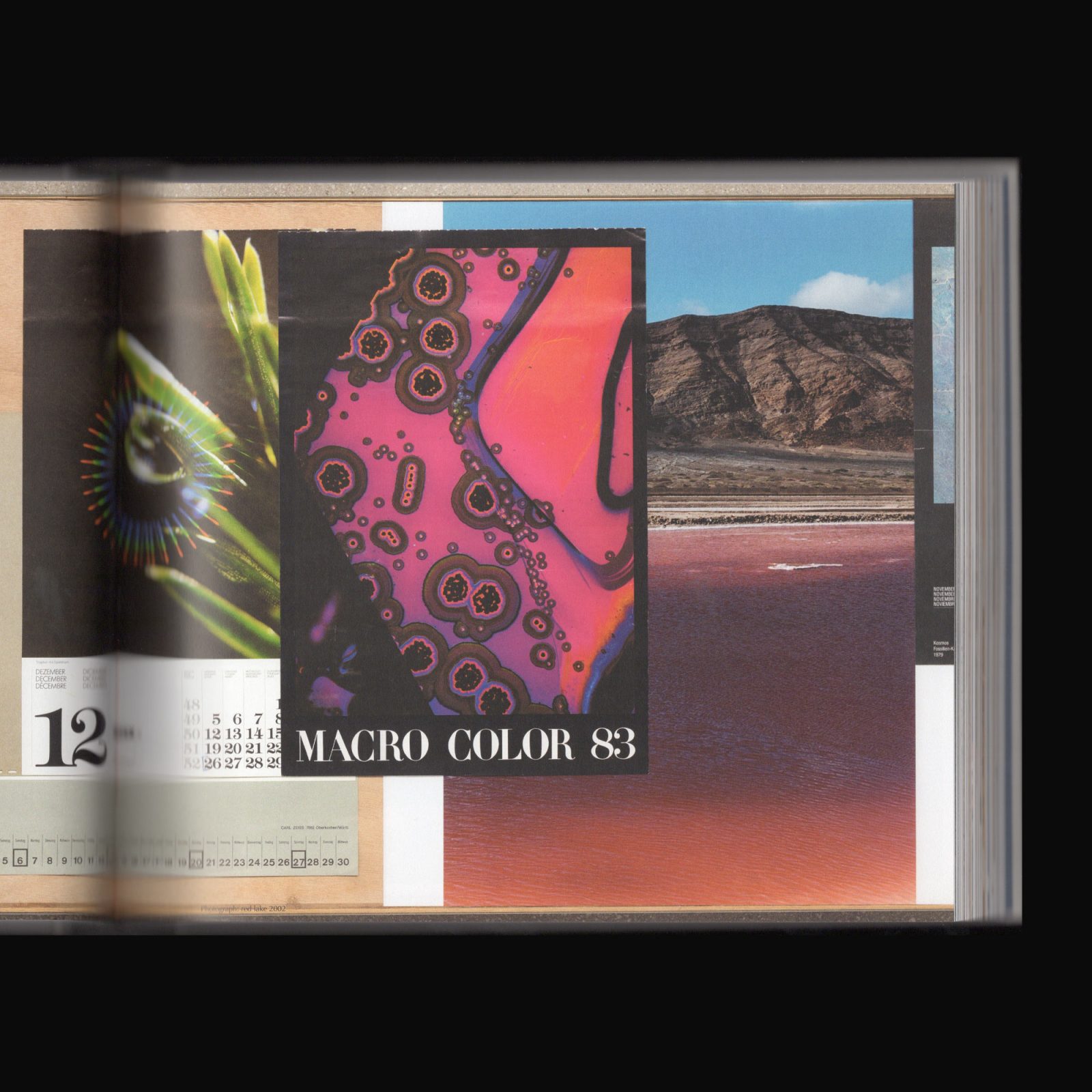
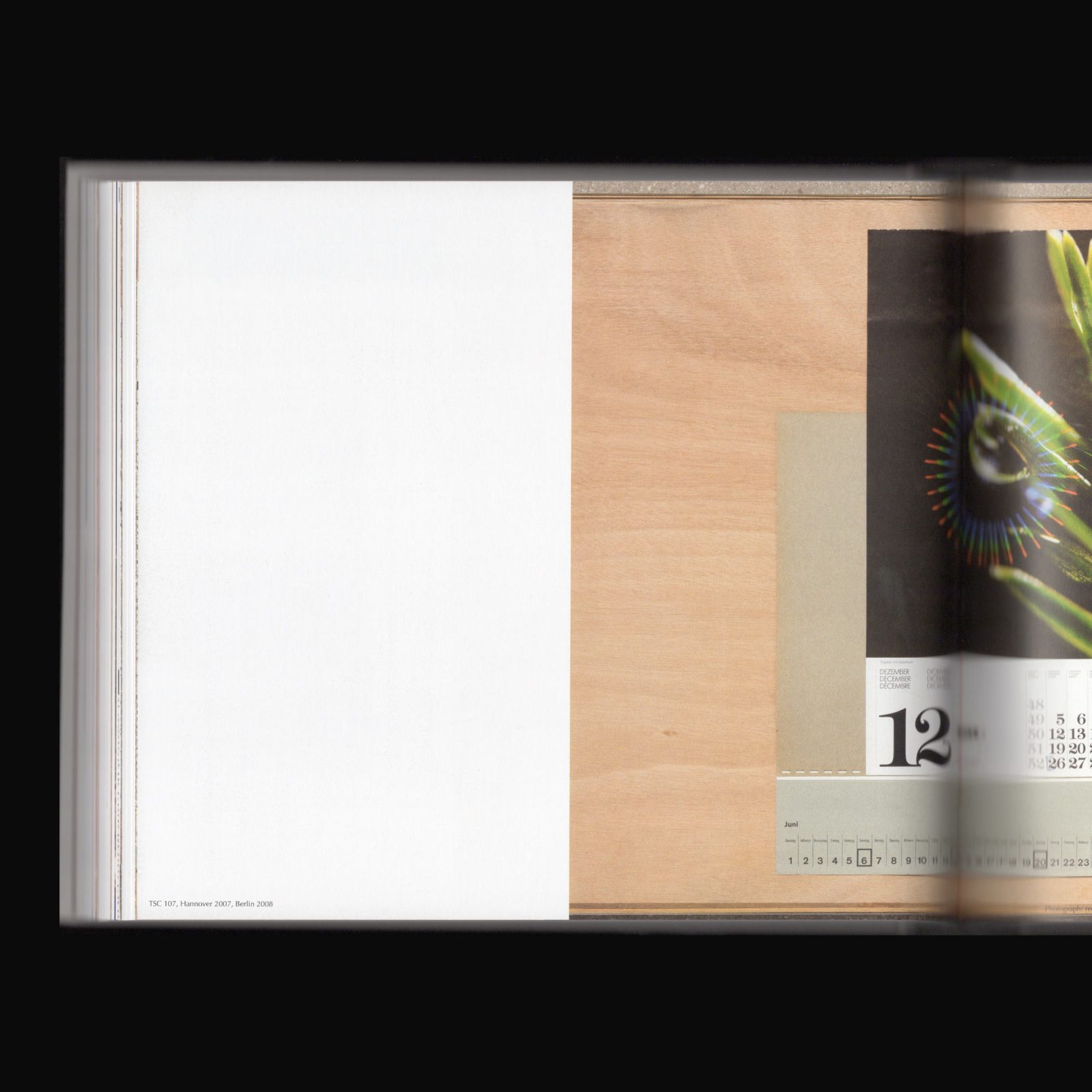
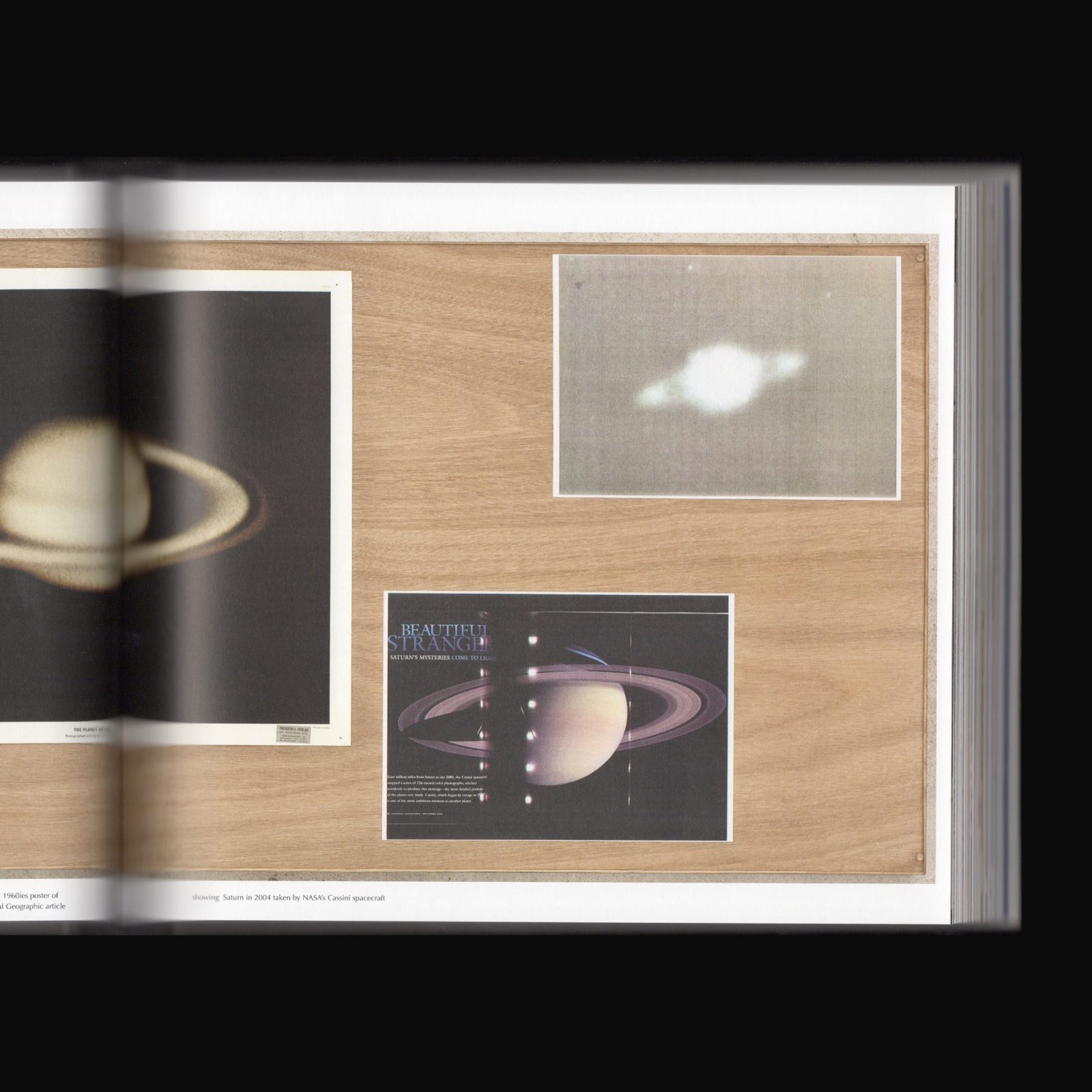
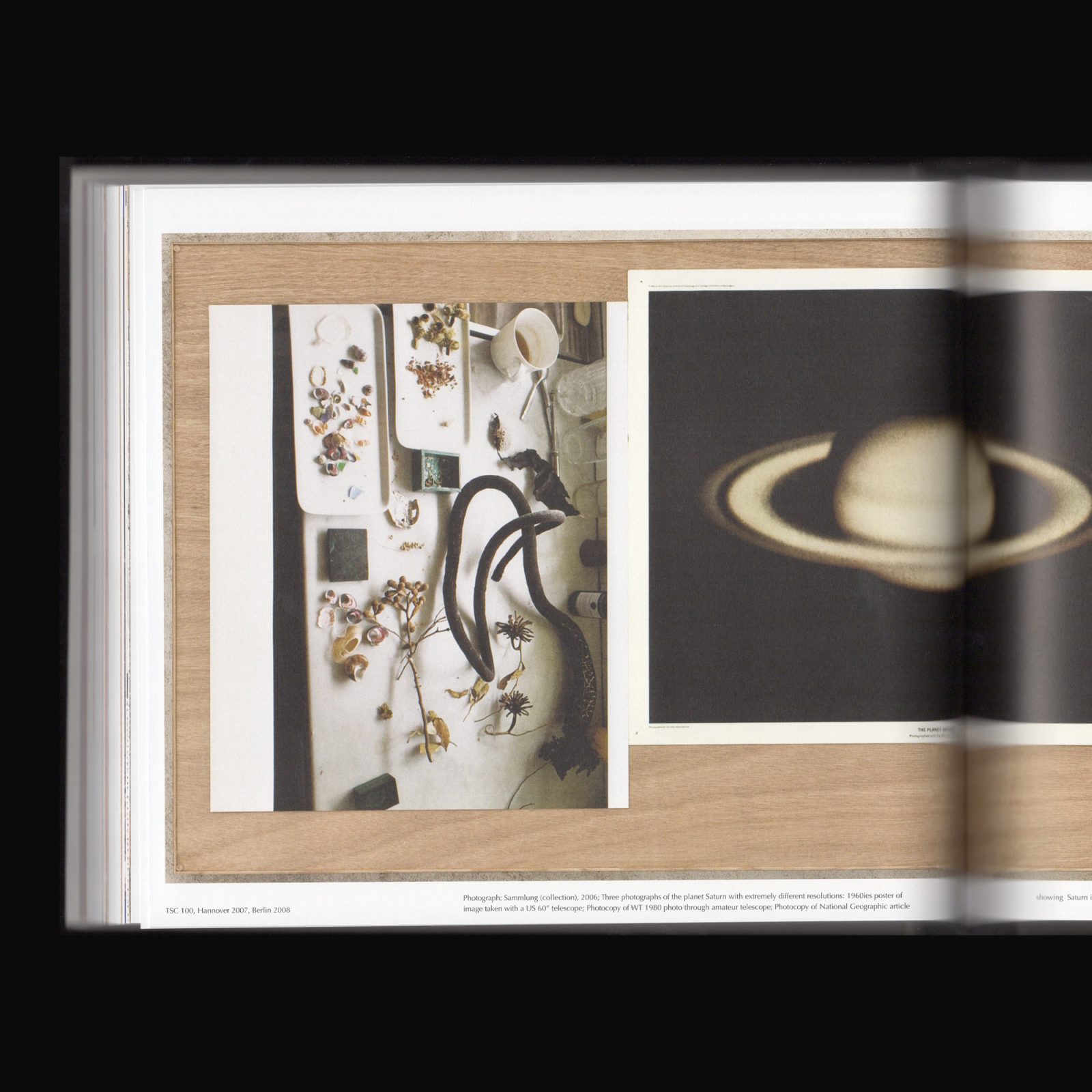
Wolfgang Tillmans’ truth study centre became a fixed part of his exhibitions since he first showed a version of the multi-part tabletop installation in 2005. Often arising from local circumstances and current issues at the time of their creation, the “truth study centre” works mark an endeavour to create a clear view in ever more confusing times.
Far exceeding his original and main medium of photography, he juxtaposes a variety of contrary opinions, statements and comparisons on recurring table formats. The dimensions of the wooden tables, which he designed himself, are not arbitrary: they are built using standard British door panels, 198 cm long, and with one of four different standard widths. This book gives an overview, through lavish reproductions, of this new form of collage, in which picture, text and object “are only kept in place by their own weight.” An essay by Thomas McDonough, Professor for Art History at Birmingham University, New York, places Tillmans’ project within the context of twentieth-century collage, from Hannah Höch to Robert Rauschenberg.
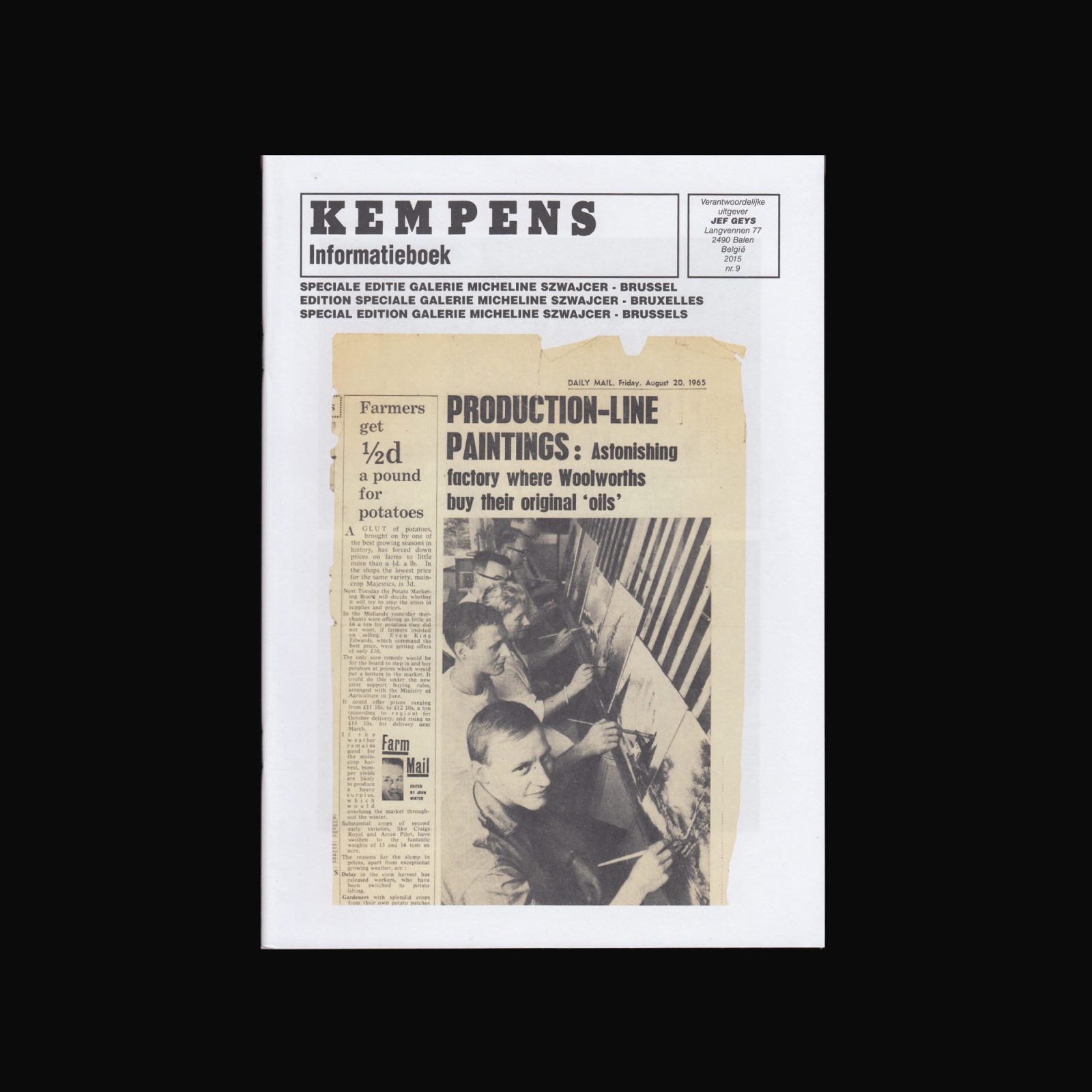
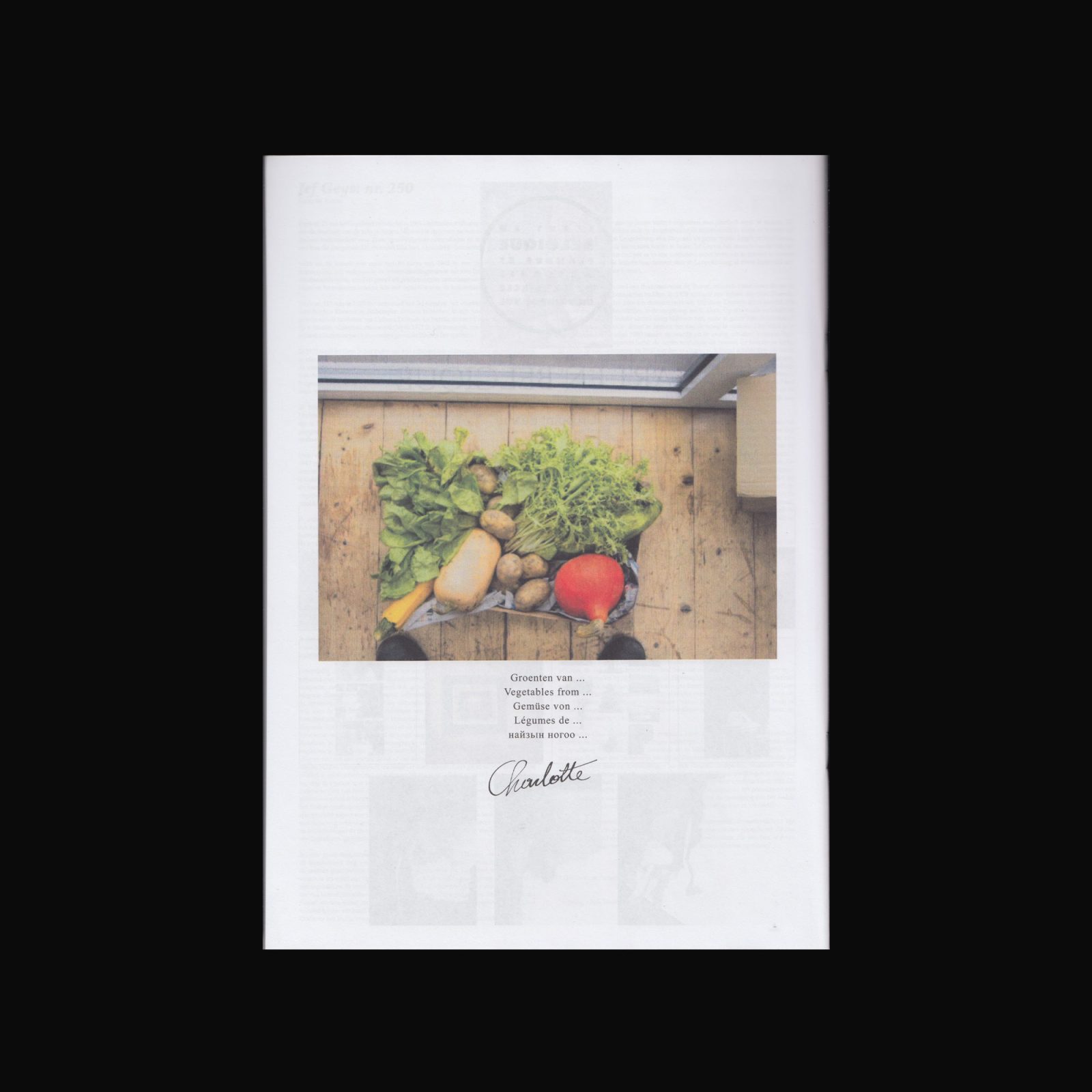
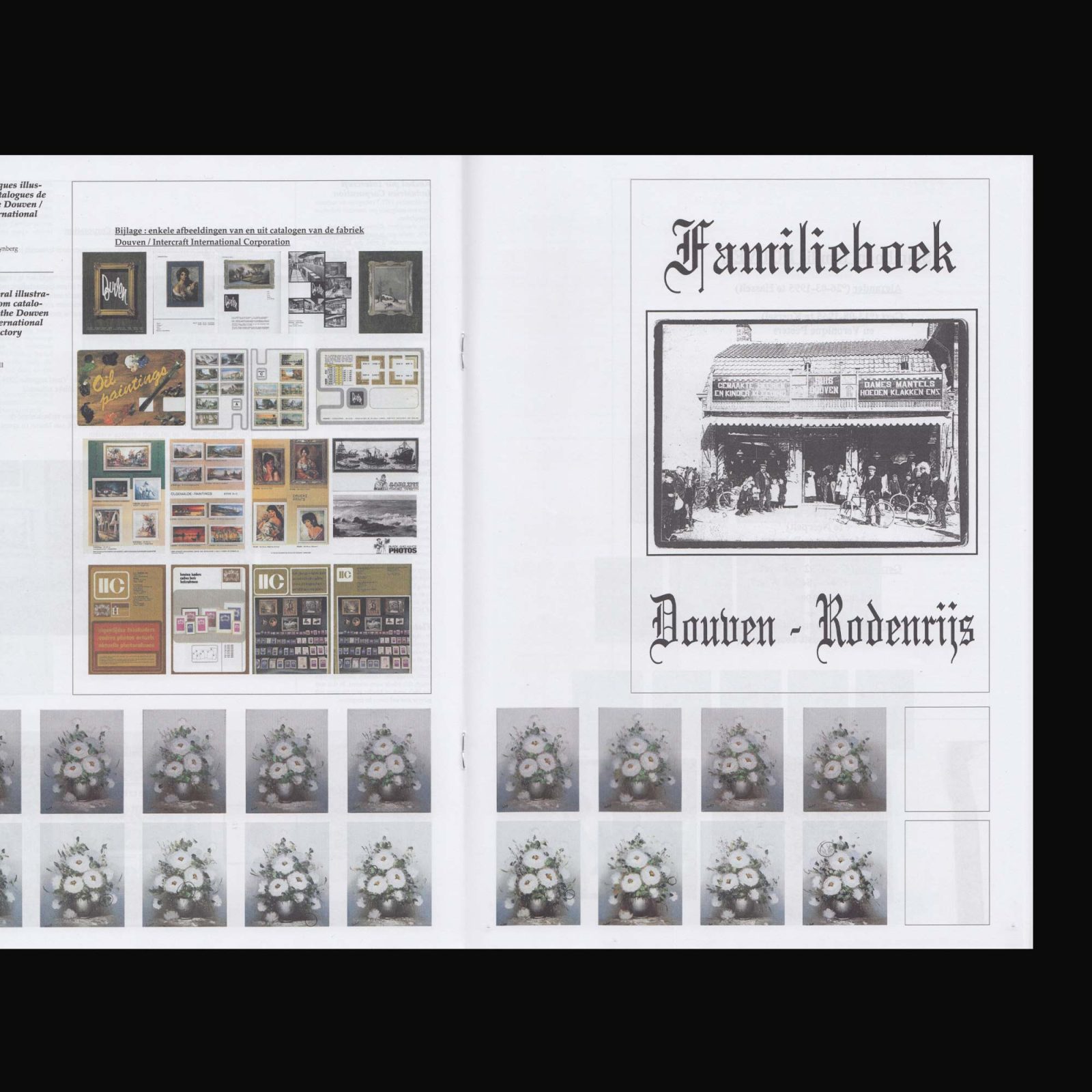
Produced on the occasion of the exhibition Jef Geys: Painting Clouds at Micheline Szwajcer, Brussels, 11 December, 2015–23 January, 2016
Since the early 1960s, in addition to his interlocking artistic and pedagogical work, Geys was also involved in the production and distribution of a local newspaper, the Kempisch Reklaamblad, on whose pages he began to publish various textual and pictorial material among the advertisements placed therein. After it was discontinued, Geys took over the paper and continued it under his own direction as Kempens Informatieblad.
Functioning as an alternative to the conventional artist catalog, the issues, over 50 in total, were mostly published in connection with his exhibitions. As an information system directed by the artist, it successively developed into a kind of meta-medium within his practice, through which he himself organized his representation and mediation—beyond the exhibition context.


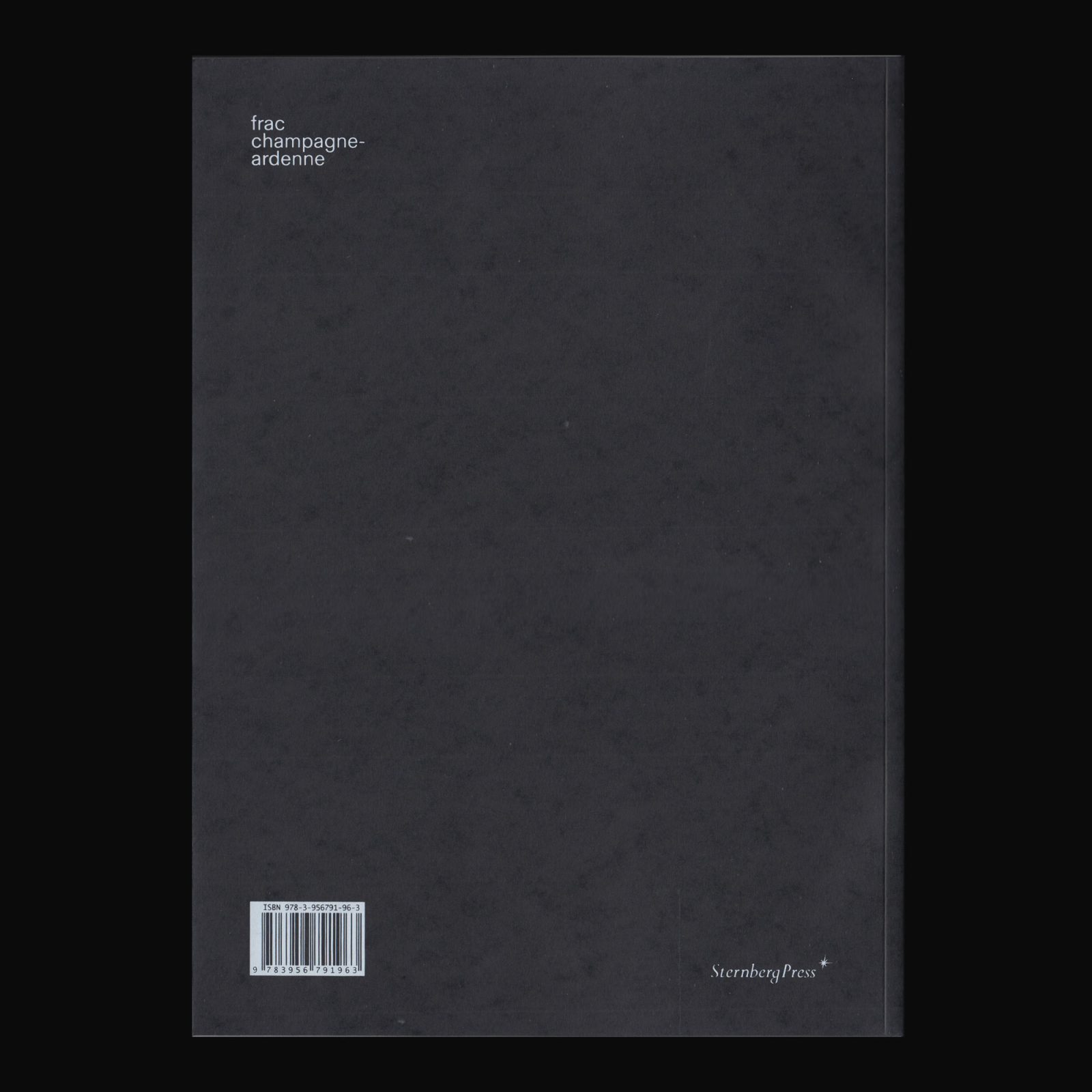
Since the late 1980s, Tom Burr has been reusing appropriation strategies in his art. Not confined to his photographic and sculptural works, they also lend momentum to many of his writings. The artist has created assemblages of personal writings and sources, differing in nature and style, which he has used as both conceptual and aesthetic materials in his oeuvre. Thus, Burr extends his art praxis into the field of writing, and vice versa; art and language cannot be dissociated from each other. At times, the text precedes and anticipates the work; at others, it emanates and results from it; in most instances, it is an integral part of it. Words constitute the work.







This publication brings together extensive material from Hamlet, mise-en-scène presented at Portikus, along with recently restored as well as never-published stills, drawings, and writings by American filmmaker and artist Jack Smith, related to his film Hamlet in the Rented World (A Fragment) (1970–73).
Hamlet, mise-en-scène, directed by Mark von Schlegell, was an adaptation that retold Shakespeare’s most abused tragedy while channeling the ghost of Jack Smith. The two-night rendition of Hamlet was performed by members of Städelschule’s Pure Fiction seminar, presented here alongside a rare selection of works by Smith, both from private collections and from the Jack Smith Archive.
Texts By Sylvère Lotringer, Birte Löschenkohl, Sophie von Olfers, Laura Preston, Juliane Rebentisch, Mark von Schlegell.
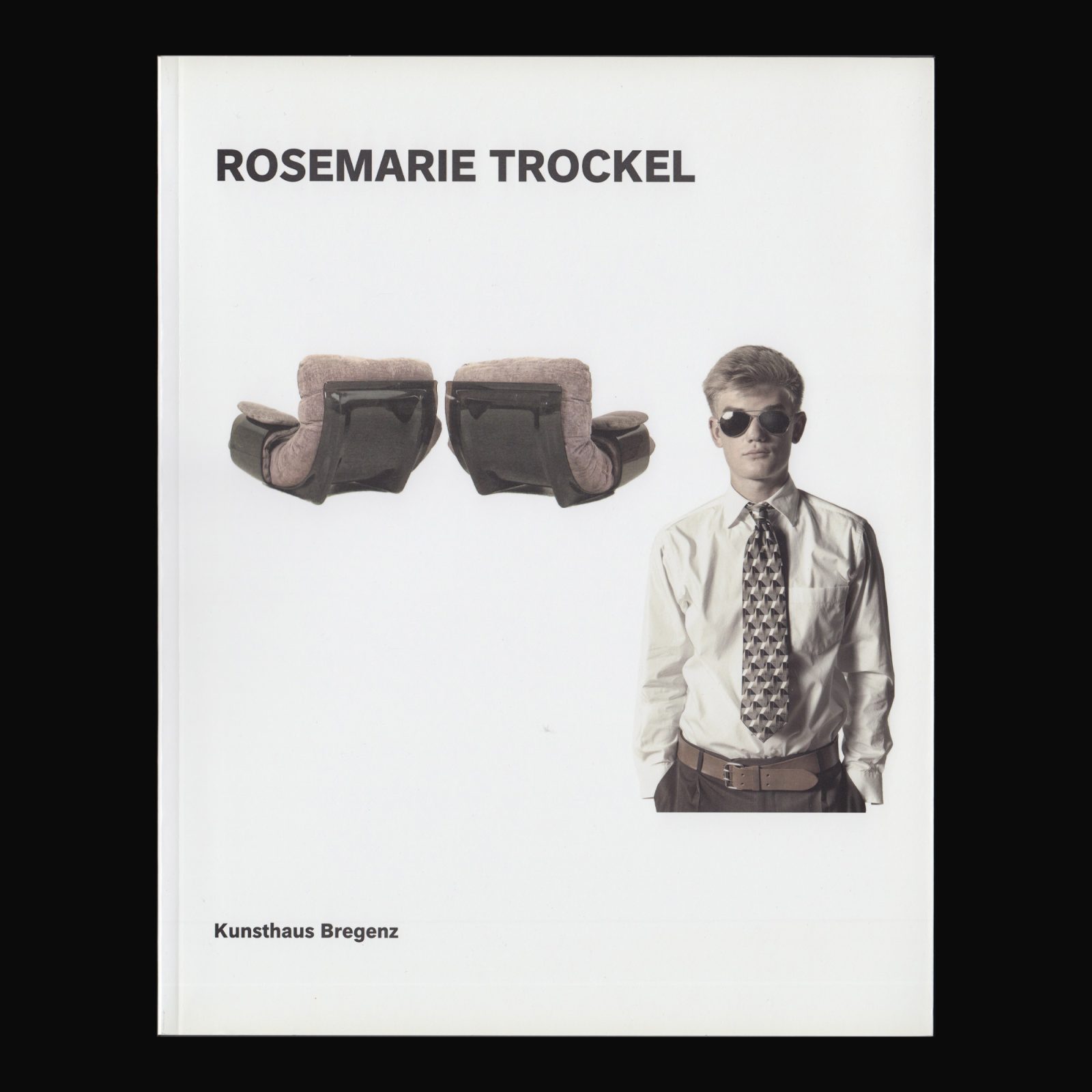

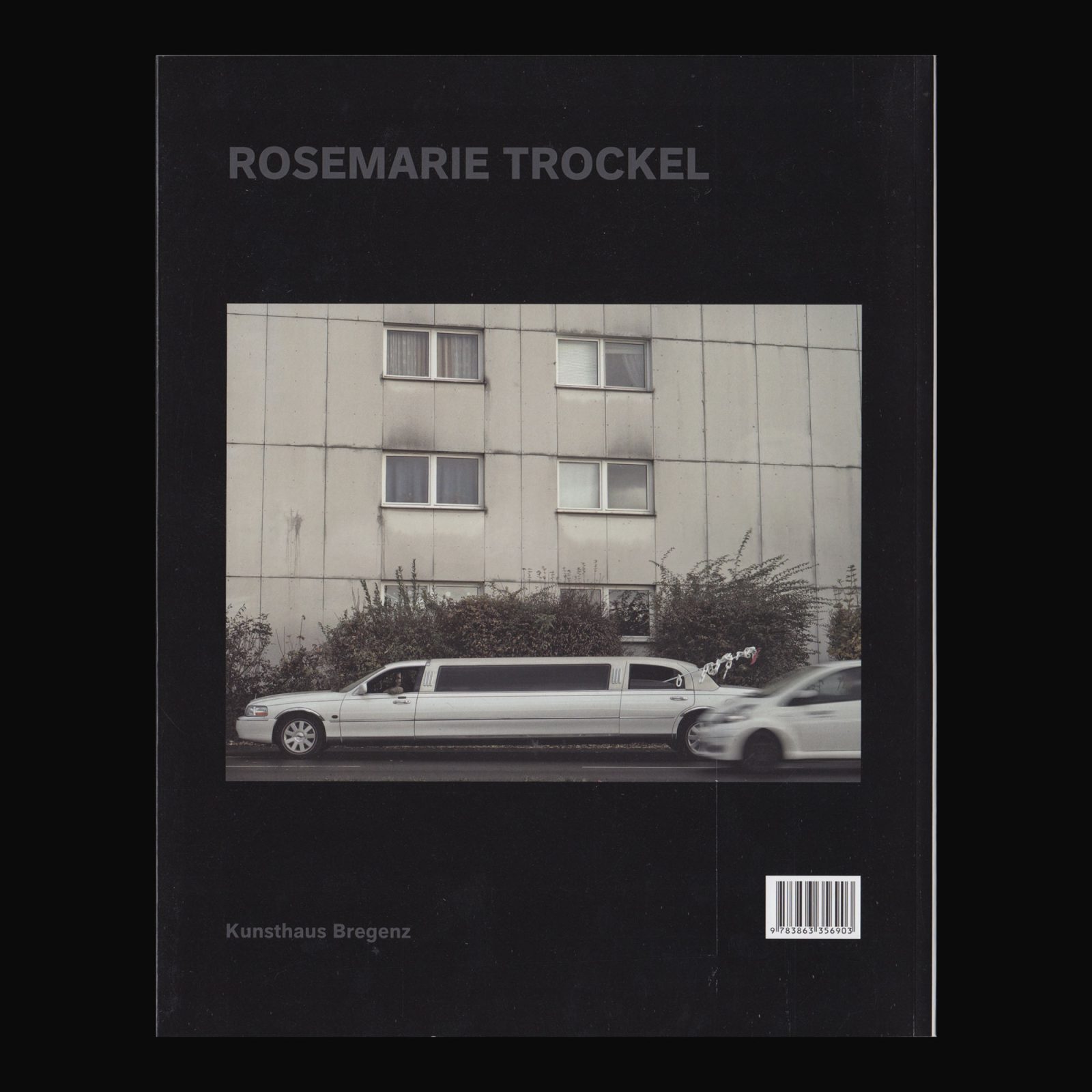
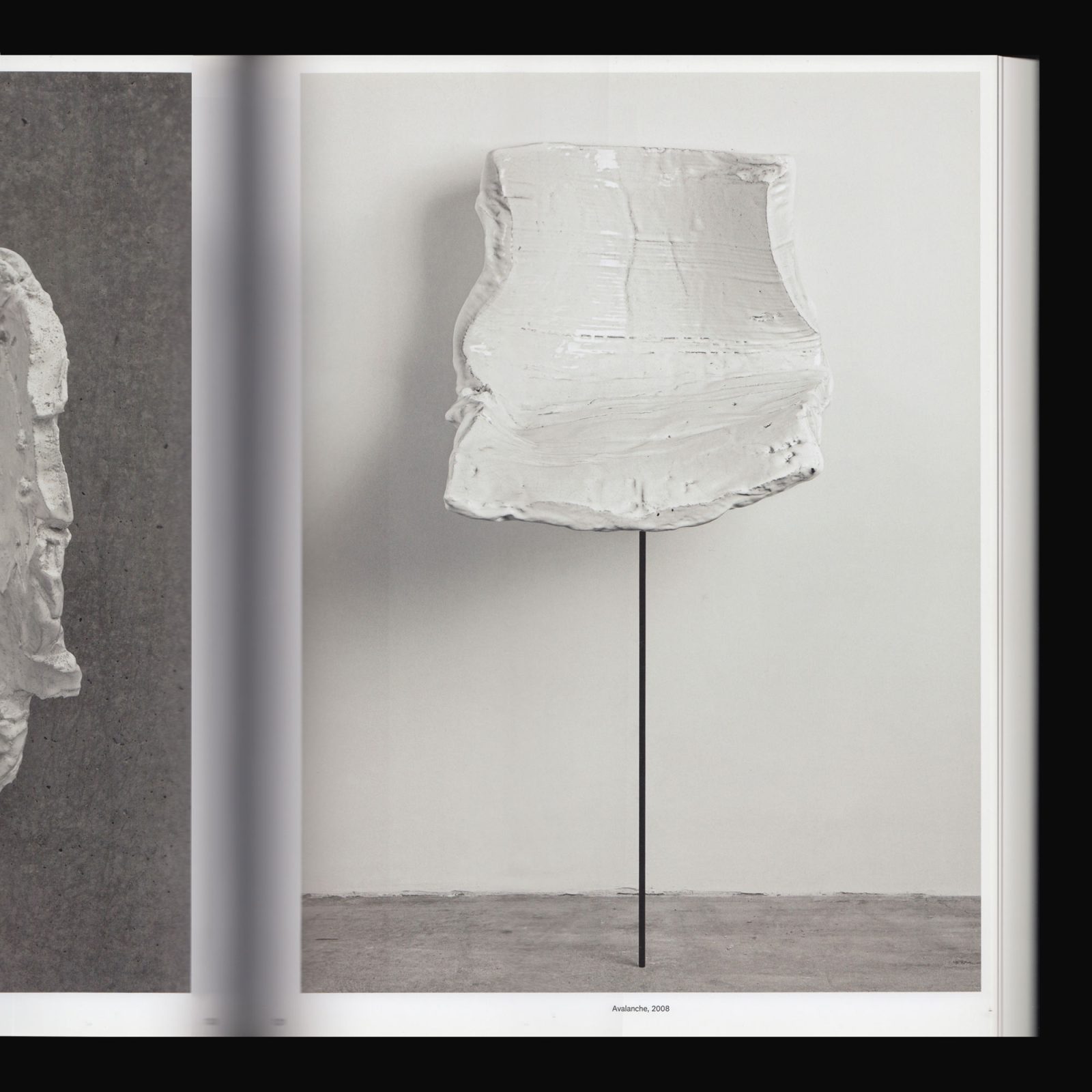
Produced on the occasion of Rosemarie Trockel’s solo exhibition Märzôschnee ûnd Wiebôrweh sand am Môargô niana më at Kunsthaus Bregenz, Bregenz, 24 January–6 April, 2015. Edited by Yilmaz Dziewior with texts from Johanna Burton, Yilmaz Dziewior, Sam Pulitzer, and Beate Söntgen.